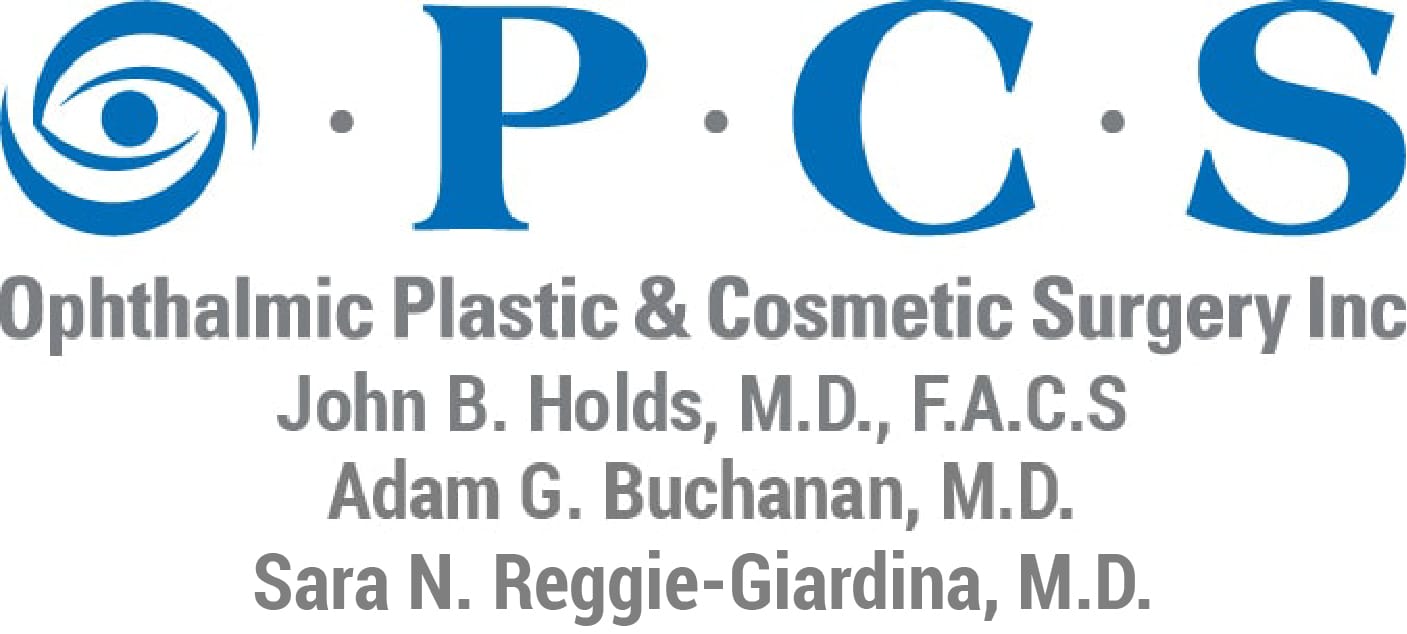Is Fat Transfer the New Facelift?
- Posted on: Oct 30 2019

What used to happen when facial aging became too much to bear was that a person would go see a plastic surgeon. Often, they tried to keep this a secret. However, the early techniques that were used for facial rejuvenation were pretty obvious. Now, more people are turning to injectables to reduce the signs of aging like saggy mid-facial skin and deep creases around the nose and mouth. What has been discovered in recent years is that fat is one of the best injectables around. As popular as fat injections are, it is important to weigh the benefits of this treatment against what is possible with a facelift.
What is a Facelift?
Facelift surgery used to be one particular procedure. Now, the facelift is modified to meet each person’s needs. It is the midface that is typically corrected during this surgery. By repositioning the deeper-plane tissues and muscles along the cheekbones, a qualified surgeon can recreate younger-looking contours across the lower two-thirds of the face, including the upper neck, where submental fullness often develops with age. Trimming excess skin leads to a smoother, more supple appearance. Maneuvering muscle and connective tissue, a surgical facelift achieves results that look natural and also last for many years. As such, this surgery is appropriate for a wide age range.
What is Fat Transfer?
One of the reasons that troublesome lines and creases occur and that jowls develop along the jawline is because the fat pads that provide contouring in the midface diminish. We refer to this as volume loss. The skin also loses some degree of volume due to a marked decrease in chemicals like collagen and hyaluronic acid. This is why many people get dermal fillers made with the naturally-occurring acid. Fat transfer works just like dermal fillers, but it permanently transfers fat cells from one part of the body to another. To restore contours to the midface, the surgeon removes an appropriate amount of fat from an area such as the thighs or stomach and then injects purified fat cells into areas of the face that need volume for youthful contouring.
Many people like the idea of fat transfer because there is no general anesthesia needed and the recovery time is very short. However, there are things that a facelift can do that fat transfer can’t and vice versa.
Facial rejuvenation comes from a facelift and also from fat transfer. A facelift works by lifting and tightening tissue. Fat transfer works by filling in areas that need contouring. From this perspective, the two might actually go hand-in-hand to achieve the best results.
Learn more about facelift surgery vs. fat transfer. Call our St. Louis office at 314-567-3567 to schedule a consultation.
Posted in: Facelift

